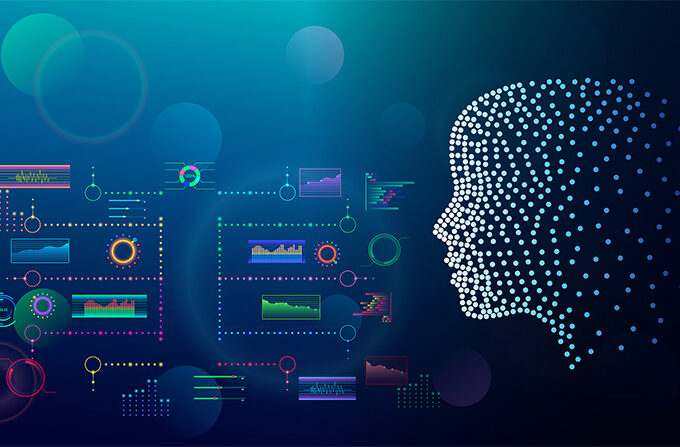In the vast expanse of the universe, are humans the only known intelligent life? For years, this question has lingered in the minds of countless scientists, driving them to continuously explore deeper unknowns.
According to a recent report from the biweekly website of Forbes, artificial intelligence (AI), including machine learning, is making continuous advancements, empowering scientists with more tools to search for extraterrestrial life and fundamentally changing the face of extraterrestrial exploration. For example, machine learning technology has the potential to change how scientists handle and analyze astronomical observation data, while advanced AI tools are more likely to identify signals indicative of extraterrestrial life, greatly accelerating scientists’ efficiency in discovering life in other corners of the universe.
Machine Learning Identifies Potential Signals
The “Search for Extraterrestrial Intelligence (SETI)” project primarily focuses on seeking signals of extraterrestrial life in the universe. Given the vastness of the cosmos, this is a daunting task. AI can process and analyze massive datasets far beyond human capabilities, with machine learning algorithms capable of filtering out noise from cosmic radiation, thus enabling the identification of signals that may indicate the existence of extraterrestrial life at unprecedented speed and accuracy.
One area where AI shines in SETI is the “Breakthrough Listen” project. This project utilizes telescopes distributed around the world to search for signs of intelligent life among a million stars.
In a paper published in the journal Nature Astronomy at the end of February by scientists from the University of Toronto in Canada and the University of California in the United States, they developed a machine learning software to analyze observation data from 820 stars in the “Breakthrough Listen” project, identifying nearly 3 million valuable signals. Although most signals were filtered out as interference, among the over 20,000 signals reviewed manually, they found 8 promising candidate signals that may indicate extraterrestrial intelligence, highlighting the potential of AI in accelerating the data-driven new era of astronomy.
Neural Networks Discover Hidden Exoplanets
Identifying exoplanets beyond the solar system is crucial for the search for extraterrestrial life. AI algorithms are becoming increasingly indispensable in this task, especially in analyzing data collected by NASA’s Kepler Space Telescope and the Transiting Exoplanet Survey Satellite (TESS).
The Kepler Space Telescope has discovered thousands of exoplanets using the transit method. In 2022, a Google AI research team developed a neural network called ExoMiner, which, by sifting through Kepler telescope data, discovered 301 previously unknown exoplanets, demonstrating AI’s potential in discovering habitable planets.

Neural networks are algorithms that can learn and improve their abilities when given sufficient data. With this successful experience, scientists plan to use this algorithm to help screen data collected by other exoplanet “catchers,” such as the European Space Agency’s “Convection, Rotation, and Planetary Transits” mission and the next-generation planet search mission “PLATO,” scheduled to launch in 2026.
Meme Algorithm Identifies Habitable Planets
Determining whether exoplanets are suitable for life to thrive is a complex challenge, requiring analysis of various factors including atmospheric composition and surface temperature.
AI models are being trained to predict the habitability of discovered exoplanets. By learning from known conditions on Earth and limited data obtained from exoplanets, AI can assess the likelihood of other planets in the Milky Way Galaxy maintaining environments conducive to life.
Additionally, scientists are also using AI tools to discover new habitable planets. According to the Russian satellite news agency, Indian astronomers have developed a new AI algorithm called “MSMBTAI,” which identified about 60 potentially habitable planets from a known dataset of 5,000 planets.
MSMBTAI is based on a multi-stage meme algorithm and serves as a rapid screening tool to evaluate the habitability of planets based on observed features.
Furthermore, if signals from extraterrestrial civilizations are indeed received, interpreting their content will pose unprecedented challenges. AI tools such as natural language processing and machine learning may help decode such information.
Scientists state that if signals similar to the Arecibo message are received from extraterrestrial civilizations, AI can analyze the binary-coded information, decipher potential meanings, and respond accordingly. The Arecibo message was a radio message sent from the Arecibo Observatory, the most powerful radio telescope on Earth at the time, to the M13 star cluster in the constellation of Hercules, located 25,000 light-years away.
With the help of artificial intelligence, scientists hope to more quickly unravel the age-old question of whether humans are the only intelligent beings in the universe.












